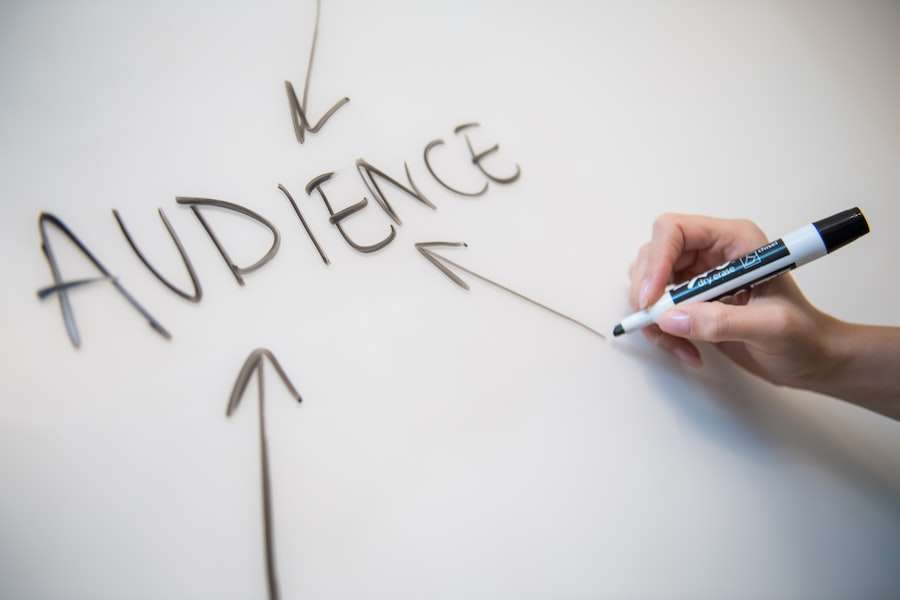Color Symbolism in Social Media and Digital Marketing

Color plays a crucial role in marketing and branding. It has the power to evoke emotions, influence behavior, and communicate messages. In this blog post, we will explore the science behind color psychology, the cultural significance of colors in different regions and communities, the role of color in branding, creating eye-catching visuals for social media, website design and user experience, color symbolism in advertising, using color in social media marketing, video marketing, email marketing, and measuring the effectiveness of color symbolism in digital marketing campaigns.
The Science Behind Color Psychology: How Colors Affect Our Emotions and Behaviors
Colors have a profound impact on our emotions and behaviors. Different colors can evoke different feelings and associations. For example, red is often associated with passion, excitement, and urgency, while blue is associated with trust, calmness, and reliability. Brands use color psychology to their advantage by strategically incorporating colors into their marketing materials. For instance, fast-food chains often use red and yellow to stimulate appetite and create a sense of urgency.
Understanding the Cultural Significance of Colors in Different Regions and Communities
Colors can have different meanings in different cultures. For example, while white is associated with purity and innocence in Western cultures, it is often associated with mourning in many Asian cultures. Brands need to be aware of these cultural differences when expanding into new markets or targeting specific communities. They may need to adapt their color schemes to align with the cultural significance of colors in those regions.
The Role of Color in Branding: How to Choose the Right Color Scheme for Your Brand
Choosing the right color scheme for your brand is crucial as it helps convey your brand values and personality. When selecting colors for your brand, consider the emotions and associations they evoke. For example, if you want to convey a sense of luxury and sophistication, you may opt for black or gold. On the other hand, if you want to appear youthful and energetic, you may choose vibrant and playful colors. It’s important to ensure that your color scheme aligns with your target audience and the message you want to communicate.
Using Color Contrast and Combinations to Create Eye-catching Visuals for Social Media
Color contrast can make visuals more attention-grabbing and help them stand out on social media platforms. When choosing color combinations, consider using complementary colors (colors opposite each other on the color wheel) or analogous colors (colors next to each other on the color wheel). These combinations create a visually pleasing contrast that catches the viewer’s eye. Experiment with different color combinations to find what works best for your brand and content.
The Impact of Color on Website Design and User Experience

Color plays a significant role in website design and user experience. Different colors can evoke different emotions and influence how visitors perceive your website. For example, warm colors like red and orange can create a sense of urgency or excitement, while cool colors like blue and green can create a calming effect. It’s important to choose colors that align with your brand identity and create a positive user experience. Consider the psychology of color when designing your website to ensure it resonates with your target audience.
Color Symbolism in Advertising: How to Use Color to Communicate Your Brand Message
Colors have symbolic meanings that can be used to communicate specific messages in advertising. For example, green is often associated with nature, health, and sustainability, making it a popular choice for brands in those industries. Red is often associated with passion, energy, and urgency, making it effective for creating a sense of excitement or urgency in advertising campaigns. Consider the message you want to convey and choose colors that align with that message.
The Role of Color in Social Media Marketing: How to Use Colors to Increase Engagement and Conversions
Color can have a significant impact on social media engagement and conversions. Different colors can evoke different emotions and influence how users interact with your content. For example, using bright and vibrant colors can grab attention and encourage users to engage with your posts. Additionally, using contrasting colors for call-to-action buttons can increase click-through rates. Experiment with different color schemes and monitor the engagement and conversion rates to determine what works best for your brand.
The Psychology of Color in Video Marketing: How to Use Colors to Evoke Emotions and Tell Your Brand Story
Colors play a crucial role in video marketing as they can evoke emotions and help tell your brand story. For example, using warm colors like red and orange can create a sense of excitement and energy, while cool colors like blue and green can create a calming effect. Consider the emotions you want to evoke in your audience and choose colors that align with those emotions. Additionally, use color to create a consistent visual identity throughout your videos to reinforce your brand story.
The Power of Color in Email Marketing: How to Use Colors to Increase Open Rates and Click-throughs
Color can have a significant impact on email open rates and click-throughs. Using eye-catching colors in email subject lines can grab the recipient’s attention and increase open rates. Additionally, using contrasting colors for call-to-action buttons can increase click-through rates. Experiment with different color combinations and monitor the performance of your emails to determine what resonates best with your audience.
Measuring the Effectiveness of Color Symbolism in Your Digital Marketing Campaigns: Tips and Tools for Tracking Your Results
Tracking the effectiveness of color symbolism in your digital marketing campaigns is essential to understand what works best for your brand. Use analytics tools to monitor key metrics such as engagement rates, conversion rates, and click-through rates for different color schemes or variations. A/B testing can also be used to compare the performance of different color combinations or variations. By tracking and analyzing the results, you can make data-driven decisions and optimize your marketing campaigns.
Color is a powerful tool in marketing and branding. It can evoke emotions, influence behavior, and communicate messages. By understanding the science behind color psychology, the cultural significance of colors, and the role of color in branding, marketers can effectively use color to create engaging visuals, improve user experience, communicate brand messages, increase social media engagement and conversions, evoke emotions in video marketing, and enhance email marketing performance. Implement the tips and strategies discussed in this blog post to harness the power of color in your marketing efforts and drive better results for your brand.
If you’re interested in exploring the fascinating world of color symbolism in social media and digital marketing, you might also enjoy reading about the symbolism of the moon. The moon has long been associated with various meanings and interpretations across different cultures and belief systems. From representing femininity and intuition to symbolizing cycles and transformation, the moon holds a significant place in our collective consciousness. To delve deeper into this topic, check out this insightful article on the Symbolism Hub: Symbolism of the Moon.
FAQs
What is color symbolism?
Color symbolism is the use of colors to represent ideas, emotions, and messages. Different colors have different meanings and can evoke different emotions in people.
How is color symbolism used in social media and digital marketing?
Color symbolism is used in social media and digital marketing to create a visual identity for a brand, evoke emotions in the audience, and communicate messages. Brands use colors to create a consistent look and feel across their social media channels and websites.
What are some common color meanings in digital marketing?
Some common color meanings in digital marketing include:
– Red: excitement, passion, urgency
– Blue: trust, security, calmness
– Green: growth, health, nature
– Yellow: happiness, optimism, energy
– Purple: luxury, creativity, royalty
– Orange: enthusiasm, warmth, friendliness
How do cultural differences affect color symbolism?
Color symbolism can vary across cultures. For example, in Western cultures, white is associated with purity and innocence, while in some Eastern cultures, it is associated with death and mourning. It is important for brands to be aware of cultural differences when using color symbolism in their marketing.
Can color choices affect consumer behavior?
Yes, color choices can affect consumer behavior. Studies have shown that color can influence a person’s mood, perception, and decision-making. Brands can use color to create a positive association with their products or services and encourage consumers to take action.





